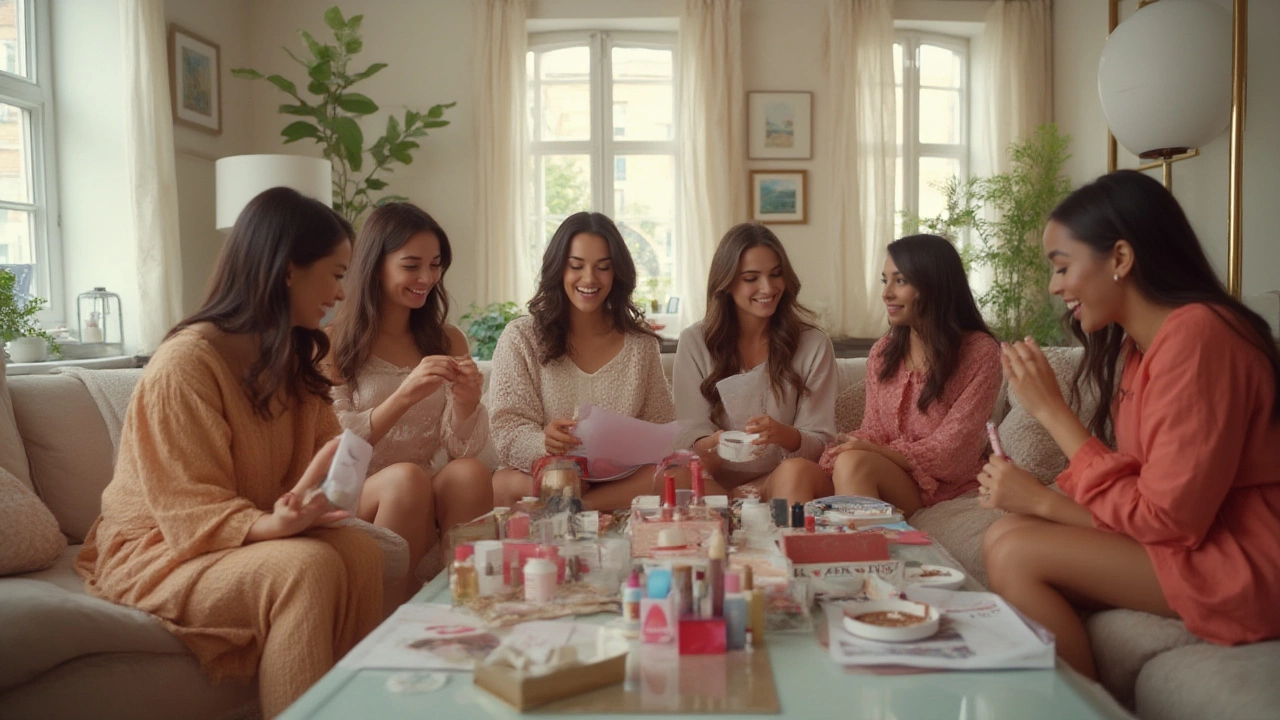Beauty Box Demise: Understanding the Shift
When you hear the term beauty box, a monthly curated collection of cosmetics, skincare and grooming items sent to consumers. Also known as beauty subscription, it relies on a recurring payment model to deliver surprise products, you probably picture a glossy package arriving at your door. Yet that excitement is fading. The makeup box, a themed package focused mainly on colour cosmetics once ruled Instagram feeds, but new data shows fewer unboxings and more complaints about waste. At the same time, people are learning how to subscription cancellation, the process of ending a recurring delivery service without the usual push‑back, turning a once‑sticky model into a fragile one.
Key Factors Behind the Decline
First, consumer preferences have moved from surprise to choice. Shoppers now want to pick exactly what they need rather than gamble on mystery items. This shift encompasses a broader desire for transparency and value, so the old beauty box model requires a level of customization it can't easily provide. Second, the rise of sustainable living means many customers view disposable packaging as a drawback. Brands that ignore eco‑friendly packaging or fail to offer refill options see higher churn rates. Third, the ease of subscription cancellation—thanks to clearer terms and online self‑service tools—has given power back to the buyer, forcing companies to fight harder for loyalty.
These three forces create a feedback loop: as more people cancel, revenue drops, prompting brands to cut costs, often by reducing product variety or quality, which then drives even more cancellations. In other words, subscription cancellation influences market dynamics and pushes the industry toward new strategies like on‑demand kits and hybrid models that blend subscription perks with à‑la‑carte flexibility.
Another driver is the changing role of social media. Where beauty boxes once dominated #unboxing videos, influencers now showcase curated personal collections and brand‑specific launches. This trend makes makeup box popularity affect brand strategies because companies realize they can reach audiences directly without a middleman. Brands that adapt by offering limited‑edition drops or collaborative sets often retain fans who would otherwise abandon a standard subscription.
Finally, economic pressures cannot be ignored. With inflation squeezing discretionary spending, shoppers scrutinize each purchase. A beauty box that feels like a waste of money quickly becomes expendable. Companies that highlight cost‑per‑use calculations or bundle high‑value items tend to survive longer, while those that rely on perceived novelty see sharper declines.
All these pieces—consumer choice, sustainability, easy cancellation, social media shifts, and economic reality—paint a clear picture of why the traditional beauty box is losing its shine. Below you’ll find a range of articles that dive deeper into each factor, from how to navigate subscription cancellations to the latest trends in makeup and skin‑care branding. Keep reading to see how the market is reinventing itself and what you can do to stay ahead of the curve.

What Happened to Birchbox? The Rise and Fall of a Beauty Subscription Giant
Birchbox once sparked a beauty box craze. What disrupted its rise? Explore its growth, missteps, competition, and odd twists in the beauty industry game.
© 2025. All rights reserved.